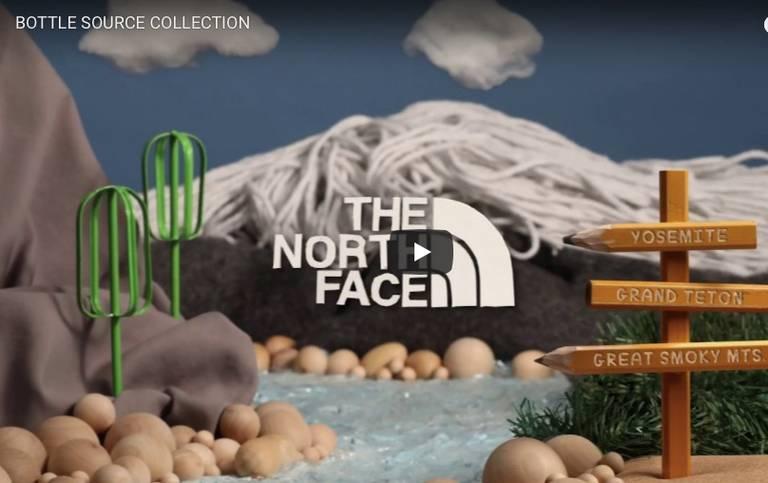
By Lee Rhodes
Positivity — like many wonderful and therapeutic traits in our world — is infectious. The innate good nature of a single person can resonate with others and create a chain of kindness that touches people and their surrounding communities.
Similarly, businesses have the power to spread positivity, especially if their brand stories inspire their customers. Positive branding springs from human-oriented stories that touch the heart. A heartfelt, personal experience makes a business and its message shareable.
My company, glassybaby, was born out of a place of purpose: Our products, employees, and story want to be beacons of light that inspire. Messaging that does not resonate with people on a human level can fail to connect with consumers.
Is your company struggling to build a fulfilling connection with your audience? Here are three suggestions on how your brand story can conjure positive feelings and actions in customers:
1. Embrace simplicity. There’s beauty in strength and simplicity. TOMS Shoes’ One for One program started with a basic premise — to provide footwear to those in need. The model is just what it sounds like: For every pair of shoes TOMS sells, the company sends a pair to a person lacking shoes. To date, TOMS has provided 35 million free pairs of shoes worldwide, and the one-for-one model has been adopted by other brands. The program has touched many and remains a big part of TOMS’ narrative.
TOMS began its giving model doing what it knew best — providing footwear. Take a similar approach and tell a story that’s as simple as it is positive. Try rolling out just one or a few products instead of many; adopt a purpose that easily captures peoples’ hearts and minds. A brand story built on strength and simplicity helps an audience know who you are and what sets your company apart.
2. Speak authentically. Start with a real story. In our case, we knew the very real image of a comforting tealight in hand-blown glass was something people could gravitate toward. Tell a story that speaks from experience and connects with people, similarly to the way Warby Parker does.
The eyewear provider was launched after one of its eventual co-founders lost his glasses during a backpacking trip and couldn’t afford a new pair. When the founders discovered how expensive good glasses were worldwide, they jumped into action. The company created its products in-house to keep them affordable and established a one-for-one model a la TOMS Shoes to provide free lenses to those in need.
Warby Parker’s brand story spoke authentically about a global issue. Tell a story steeped in truth to ensure yours is a brand that elicits real, positive responses.
3. Communicate attainable goals. Bold missions are worth pursuing, but working toward a tangible goal will help you garner even more consumer respect. Weave reachable outcomes into your brand story to help spread the good word about your product.
For example, glassybaby donates 10 percent of its revenue to nonprofits. We believe in the power of action — as individuals and as a company at large.
Outdoor apparel company Patagonia has preached a similar narrative for more than 40 years. Since its inception, it’s been an ally to community-based conservation efforts. When the company produced its first-ever commercial last year, it continued that narrative.
The spot — which featured founder Yvon Chouinard — didn’t promote Patagonia products. It implored viewers to help preserve public lands and national parks and positioned the brand as a way to do that. Patagonia’s donated $89 million and counting to conservation initiatives, proof that a well-intentioned brand story with an attainable outcome can produce tangible results.
The brands that have lasting success spur warm, positive feelings within their customers; they transcend barriers between the product and the consumer, creating a meaningful experience. An authentic, simple, attainable brand story deeply engrains itself in your customers and inspires them to share your narrative.
Lee Rhodes founded glassybaby in 2001 after a chance meeting between a tealight and a hand-blown glass vessel during her seven-year bout with cancer. Rhodes developed the idea for glassybaby’s one-of-a-kind votives and drinkers with the core mission of helping cancer patients she met during treatment afford basic needs such as bus fare, childcare, or groceries.
Ten percent of the company’s entire revenue goes toward a charitable organization. Rhodes was named Entrepreneur’s 2011 “Entrepreneur of the Year,” EY’s Pacific Northwest “Entrepreneur of the Year” in 2014, and received the Women of Valor Award from Senator Maria Cantwell and former Vice President Joe Biden.
TriplePundit has published articles from over 1000 contributors. If you'd like to be a guest author, please get in touch!














